Training for Power - Anvil Training Series 6
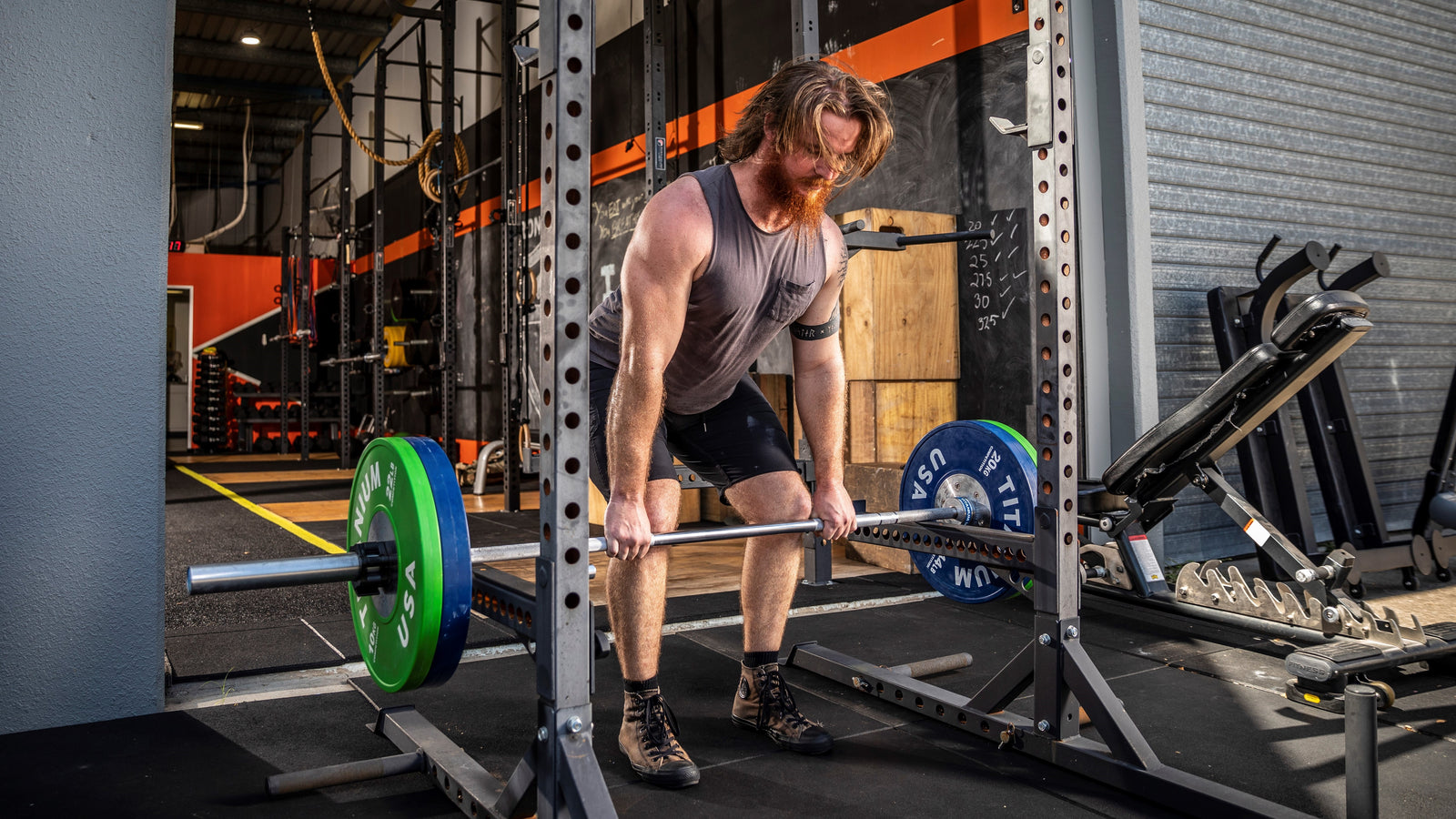
An Anvil T&D training article by Marshall Officer.
What is the Anvil Training Series?
The Anvil Training Series is a series of 12 articles throughout 2020 about key training concepts, written for the general reader. Physical training, in some form or another, should be a part of everyone’s life. Most of the basic concepts are very easy to understand and implement, although these days - the industry has become muddied with complicated variations of basic concepts that can make choosing how to train quite intimidating. These articles are here so that you don’t need a degree and ten years’ experience to separate what matters from what doesn’t, and aim to help you navigate the muddy and ever-changing waters of the online fad fitness industry.
Introduction
The past three articles have all covered training for a specific end-state - Training for General Health and Wellbeing, Training for Strength, Training for Size, and now Training for Power. These are all goals that could be pursued in isolation from one another, however in reality - almost all of the training principles and guidelines associated with each goal have an impact on the others. The next article, Training for High Performance, sits on the opposite end of the training spectrum to General Health and Wellbeing, but the underlying connection is exactly that - they exist on a spectrum. In the process of training for high performance in any given field - many of the health benefits for general health and wellbeing will be a part of that process, just like there will be some aspect of strength training, power training, conditioning, and the athlete will inevitably see some effects of muscular hypertrophy resulting in an increase in muscle size. Why is this important? It should be clear that nothing to do with physical health happens in a vacuum. Even isolation exercises may involve multiple muscle groups to some small degree. So, in order to get ideal results in your chosen area of training - you should always attempt to have a broader understanding of what is happening, helping you to choose the right programs, exercises, variations, and intensities to achieve the results which you are after.
How do we define power?
Before I get into how to train for it, I believe we should define ‘power’. On the surface, power and strength may seem very similar, as they both have a lot to do with maximal weights. This is one of the reasons why I mentioned similarities and carryovers in the introduction. Although these areas of training may seem similar at first, and they have great application in strength sports - the way I define power is not purely to do with maximal load. In this article, I will be defining power as your body’s ability to produce force. Effectively, how to go from zero to 100 as fast as possible. My official definition of power is the ability to recruit maximal intensity, regardless of load. The reason I use the word intensity, rather than speed, is because maximal force production (or power) can look different depending on sport, application, or weight lifted. For example, the sport of powerlifting literally has the word ‘power’ in it. But in powerlifting, the weights lifted are maximal, which means the person lifting can’t move that weight quickly no matter how hard they try. If they could, the weight wouldn’t be a max lift. In olympic lifting, force production is essential in order to successfully complete a lift. An olympic lifter requires huge amounts of dynamic power in order to get a heavy bar from the ground, to their hips, and then get enough force into the bar to get underneath it and lift it above their head. Despite the amount of force they are producing, the weight never moves quickly (although the athlete does).
What does this mean? Well, many famous coaches and trainers regularly fall back on Newton’s Second Law - Force = Mass x Acceleration. Even Louie Simmons, world-famous powerlifting coach and owner of Westside Barbell, regularly quotes this formula as the basis for his dynamic effort training. Unfortunately, this is an extreme oversimplification that doesn’t take many things into account. I am not here to tell you that Louie Simmons is wrong. I am also not trying to challenge some of the greatest coaches of strength sports to walk the earth. What I am hoping to do is prevent you from falling into the trap of using a basic physics equation to justify the way you train - especially if you don’t have a deeper understanding of what is actually going on. Although force does equal mass multiplied by acceleration in the world of physics, when we are talking about the human body - we need to be aware of other factors at play. Torque, joint angles, leverage, and muscle type are all contributors that affect the way you lift.
Rather than thinking about moving heavy things quickly to train for power - we should be thinking about moving any load at maximum intensity. What does this look like? Well, for submaximal, or lighter loads - these will be moved at a much higher speed. However, the heavier the load, the more intensity will be required over time - meaning the weight will move at a much slower speed. A way to think about this is - power is equal to intensity relative to weight lifted. A lifter that can maintain maximal intensity for one second, but can’t maintain it for 6-8 seconds, might be great at lifting lighter weights quickly - but will not be very good at lifting something much heavier for a longer period of time. Once we understand this, if your goal is to throw extremely powerful punches - your training will look different to someone trying to break the deadlift world record.
Why would we train power?
Power has many applications. Not only is being able to recruit maximal muscular force at a moment’s notice essential for almost all sports, but it has real-world application, too. Strength sports like powerlifting, olympic lifting and strongman all require huge amounts of power in order to move maximal weights. For powerlifting and olympic lifting, a lifter only competes with singles. This means that each time they step up on that platform - they have one chance to move a weight that is close to or higher than the heaviest weight they have ever moved before. This could be considered the far right end of the spectrum of force production - with a boxer sitting on the opposite end. A boxer may need to throw hundreds of punches in a fight, with each punch needing to be powerful in order to maximise their chance of success. A boxer uses the bare minimum load, their fists plus wraps and gloves. But, this doesn’t mean that their job is any easier than the powerlifter or olympic lifter - because every punch has to be powerful if they want that win.
In between boxing and strength sports falls almost every other sport, like rugby and NFL, where tackles and sprints require the recruitment of maximum power as quickly as possible. Alternatively, there are athletic (track and field) sports like the long jump, high jump, javelin, shot put, sprinting and hurdles - where explosive power is essential for success. Outside of the sporting spectrum is the entire tactical world, where the recruitment of full-body power may be the difference between life or death. Every time a soldier enters a room, their weapon may fail and they may need to engage in close combat - where force production could save lives. Every time a police officer goes on patrol, they may end up in a situation where sprinting for cover or pulling a casualty out of the line of fire saves lives. Every time a firefighter responds to a call, the power required to cut down a door or move an obstruction out of the way could, once again, save lives.
How do we train power effectively?
As I have alluded to previously, training for power must be very goal-specific. The power a boxer needs for each punch should be trained in a slightly different way compared to the power a powerlifter needs to lift a maximal weight for one repetition. As I have discussed in a previous article, Training for Strength - the law of specificity applies just as much to power development as it does for strength. So how would we cater for this in a training program?
Let’s start at a very general level, and then work our way to some more specific situations. To train to recruit maximum force for a movement, that movement must be trained at maximum intensity. To develop power, part of a training program must be specifically dedicated to it. Whether it be an entire program duration (or mesocycle), a week or two out of the program’s rotation (a microcycle), or even a day or two within the training week (known as conjugate training) - time must be consistently dedicated to this kind of training if you want to increase your ability to recruit maximal force. The kind of training you should be doing in a power development session should be extremely high-intensity style training. Short bursts of work, followed by long rest periods to allow for maximal recovery between bursts are ideal - as the shorter you make the rest, the more difficult the session will become and the easier it will be to become fatigued. With increased fatigue, it is extremely difficult to produce maximal force regardless of load used - and this starts to become more hypertrophic training than neural force production training. Put simply - without adequate rest you begin to rely on fatigued muscles, your movement becomes slower, less forceful, and less dynamic.
When it comes to sets and reps - once again, we need to take goal into account. However, as a general rule, power development should be done over multiple sets with very few reps. For a powerlifter, singles are the number one choice. When pressed for time, or for more experienced lifters - doubles and triples can also be used, ensuring that maximum intensity can be maintained for each repetition, and technique remains adequate. I will discuss technique in more depth soon, but for a boxer on the opposite end of the spectrum - when training technique, it should be done for one combo or two combos at a time. When looking to develop neural connections with the muscle resulting in maximal force production in minimal time - it is important not to overcomplicate what you or the athlete is attempting, so they can put as much intensity as possible into the movements without needing to remember a lengthy combination.
When I use the term ‘technique’, we aren’t looking for absolute perfection - and once again, this is context-specific. When training for power, we are looking for maximal carryover for the end goal. For the powerlifter, the technique should look as similar as possible to their competition lift. Training for power with an extreme variation in their competition lift won’t have the carryover that training with the barbell and in their competition stance. For the boxer, technique should be tight, but not perfect. For a tactical professional, technique is not as important as explosiveness. Movements like the power clean, the sled, weighted sprints, and the push press or floor press are excellent for developing power without the requirement for perfect form every time.
When it comes to tempo, the concentric movement should always be As Fast As Possible. Regardless of load - we are attempting to recruit maximum force, by using the highest level of intensity. This means the weight should move as fast as it possibly can, but this may not always be “fast”. Ideally, over time, we are looking to increase bar speed with a set weight - which is an excellent measure of force development progress. However, maximal loads can’t be moved quickly. It is just not possible to move your 1 rep max fast. Hence the term As Fast As Possible - because maximal singles also have a place in power development training. As it is almost impossible to lift a maximal weight without maximal intensity, maximal training is a very effective way for strength athletes to develop their overall power. Unfortunately, it is very taxing on the central nervous system, and should only be done once per week per body area (one upper and one lower day), 72 hours apart if possible. This is why submaximal dynamic training can also help, because it can be done more often as it isn’t as taxing on the CNS. Unfortunately, it doesn’t have the greatest carryover for the powerlifter looking to move huge weight for one rep on the platform. Why? Because, as I have mentioned multiple times - maximal weight can’t be moved quickly. If you can lift 60% of your max for 1 second, but your competition lift takes 8 seconds to complete the lift - that’s seven more seconds of maximal force production for which you aren’t training. At the end of the day, dynamic submaximal training helps, but it is certainly not the be all and end all of power development training.
Some other training options for power development include concentric-only training, jump training, band work, and strongman style conditioning training. Concentric-only training is an excellent way to develop power and recover quickly - because most of the muscular change that causes DOMS or injury occurs in the eccentric part of an exercise. Pin presses are a great example of concentric-only training - and can be performed at various heights, using pins or straps that allow you to drop the weight from the top (under control, using spotters if required). A pin press is where the bar sits on pins at a predetermined height, either at the lowest part of the lift (the chest for a bench press, the shoulders for shoulder press, etc) or an identified sticking point - and the weight is driven up from the pins to full extension with no eccentric movement. These are great for developing power - as a large amount of force is required to overcome inertia (the bar at rest), and the lifter can’t rely on reversal strength (also known as the “stretch reflex”) to start the bar moving. These can be done for almost any lift, however, be aware that the shock of overcoming inertia can be quite intense on joints and tendons - so progressive overload should be taken into account and max weights should not be used straight away.
Jump training is a great way to develop power for athletes who need powerful leg drive. Box jumps or jumps for length can be used with or without added weight - and height can always be added to a box jump if there is no way to load the athlete (a weight vest is usually the best option). Ensure to account for specificity - as box jumps may help some athletes, but may be a waste of time for others. Band work is another excellent way to train for power, and I will discuss that further in the final section below, accommodating resistance. Finally, strongman style conditioning is a great way to train for power development - the intensity and load can be quite high, but it can be trained in a circuit because many of the movements are natural and don’t require a huge focus on strict technique. Sled pushes, farmer’s carries, yoke walks, med ball throws, drags, and rope pulls are just a few examples of movements that can be loaded and moved with high intensity - contributing to an athlete or lifter’s overall conditioning, as well as teach them to develop power and force production in unconventional ways.
These methods are great staples for tactical professionals or athletes who may not always be in the ideal position to recruit power (unlike a powerlifter or olympic lifter who can repeatedly practice one movement). These conditioning methods can also help the traditional strength athlete, as an athlete with a higher level of conditioning is capable of lifting more weight for longer periods of time with less fatigue - allowing for more training sessions or faster recovery.
“Accommodating resistance” and how it can help with power development
Accommodating resistance is the fancy name for training with bands or chains. I will not be going into a huge amount of detail with regards to accommodating resistance - because I highly recommend the article below for anyone with an interest in this type of training. The article is written by Dave Tate - world-famous powerlifter, coach, and owner of EliteFTS, a training, education, and equipment company in the US.
To keep it as simple as possible, accommodating resistance is used to force a lifter or athlete to continuously push throughout the entirety of a lift. The reason a lifter may not normally do this is because of biomechanics. Put simply, as the angle of a joint changes, the ability of a muscle to exert force changes with it. For example, my quad muscles are at their strongest when my leg is completely straight. As my knee bends, my quads gradually lose their ability to exert maximal force, to the point where my knee is fully flexed, and my quad is at its weakest biomechanical point. This means that if I am squatting, a load that is extremely challenging in the hole (when my knees are bent, at the bottom of the squat), will not be nearly as challenging towards the top of the squat (where my legs are almost straight). Using just a barbell and plates, there is no way to challenge the muscles as much at the top as they are at the bottom - which is why we use accommodating resistance. With bands or chains on the bar, the “weight” at the top of the squat (or bench, deadlift, etc) is much greater than the weight at the bottom. This means a lifter can experiment with different types of bands or chain weight to force them to maintain maximum intensity throughout the entire duration of the lift - rather than just out of the hole (or off the chest in the bench, or off the ground in the deadlift). As a side note, bands can also be used for accessory or isolation exercises, and will provide a greater stimulus through the entire range of motion compared to a set weight or cable. As the range of movement increases - the tension in the band will increase, challenging the muscle through the entire range, and make the band a very effective accessory tool for hypertrophy and developing tendon strength. As the tension can be varied mid-set, bands can be used to get closer to muscle failure much faster than could be achieved with a dumbbell or cable (if used properly).
There are slight differences between bands and chains - but I will be brief describing them. Bands reduce the need for stabiliser activation, because they are pulling the weight down to one point - in effect, ‘anchoring’ the lifter to a single point on the ground. However, this doesn’t mean bands are any easier. Bands pull the weight down faster than gravity would, meaning a lifter must maintain more control through the eccentric part of the lift. This is a great way to train for control in the descent in a lift - as instead of lowering the bar against the force of gravity, the lifter is fighting the band tension the entire time, building more strength in the antagonist muscle groups (compared to lifting with just the barbell and weights). Chains, on the other hand, only use the force of gravity. They add an additional stabilising challenge - because having a bunch of chains hanging from each end of the barbell, swinging slightly as the lifter unracks the weight and begins the descent, forces more stabilisers to activate, providing a challenge in itself. Rather than picking one or the other, both should be used if the equipment is available. If only one can be chosen, Dave Tate and Louie Simmons recommend chains for beginners and bands for the more experienced lifter.
For some more detailed information on training with accommodating resistance, check out: https://www.t-nation.com/training/accommodating-resistance
Conclusion
I’ll wrap it up briefly by reiterating the point I stated at the outset - all the different training styles I have written about over the past few months are cohesive - they work together. As a coach, it is important to tailor an athlete or lifter’s training to achieve their goals, but always remembering that none of this happens in isolation. There is a carryover between developing power and strength, strength and size, and training for a specific goal has carryover for general health and wellbeing. These training types are all necessary tools in a lifter’s toolbox - and can all be used at various times throughout a program to create a well-rounded athlete, tactical professional, or just provide balance in training for the general population. Take the time to learn each method, and figure out what works best for you to achieve something you never thought possible.
Train Smart. Train Hard.
About Us
Anvil Training and Development is a group of Australian veterans who care about the physical and mental health of veterans and emergency service workers. We’re passionate about ongoing education and working with others to implement positive change.
Instagram: Anvil Training & Development - @anvil.td
Facebook: Anvil Training & Development - @anvil.td
www.anviltd.com
(Article Edited, Proof Read, and Fact-Checked by Charlotte Officer)
VES Mental Health Resources: https://anviltd.com/pages/ves-australian-mental-health-resources
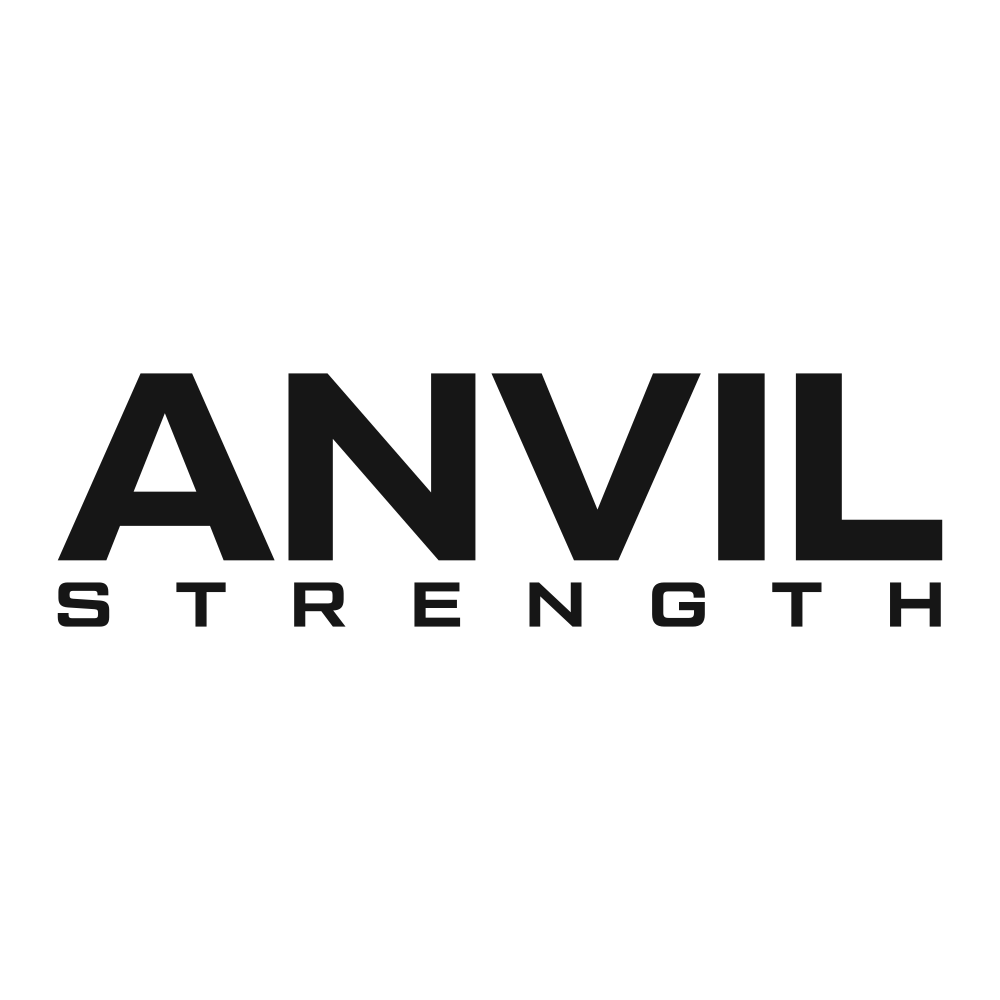
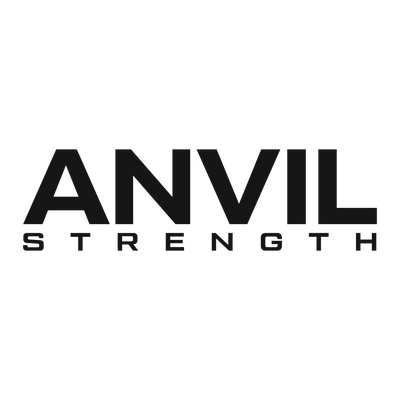
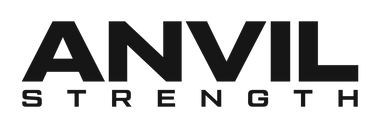
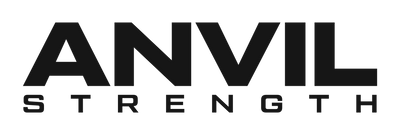


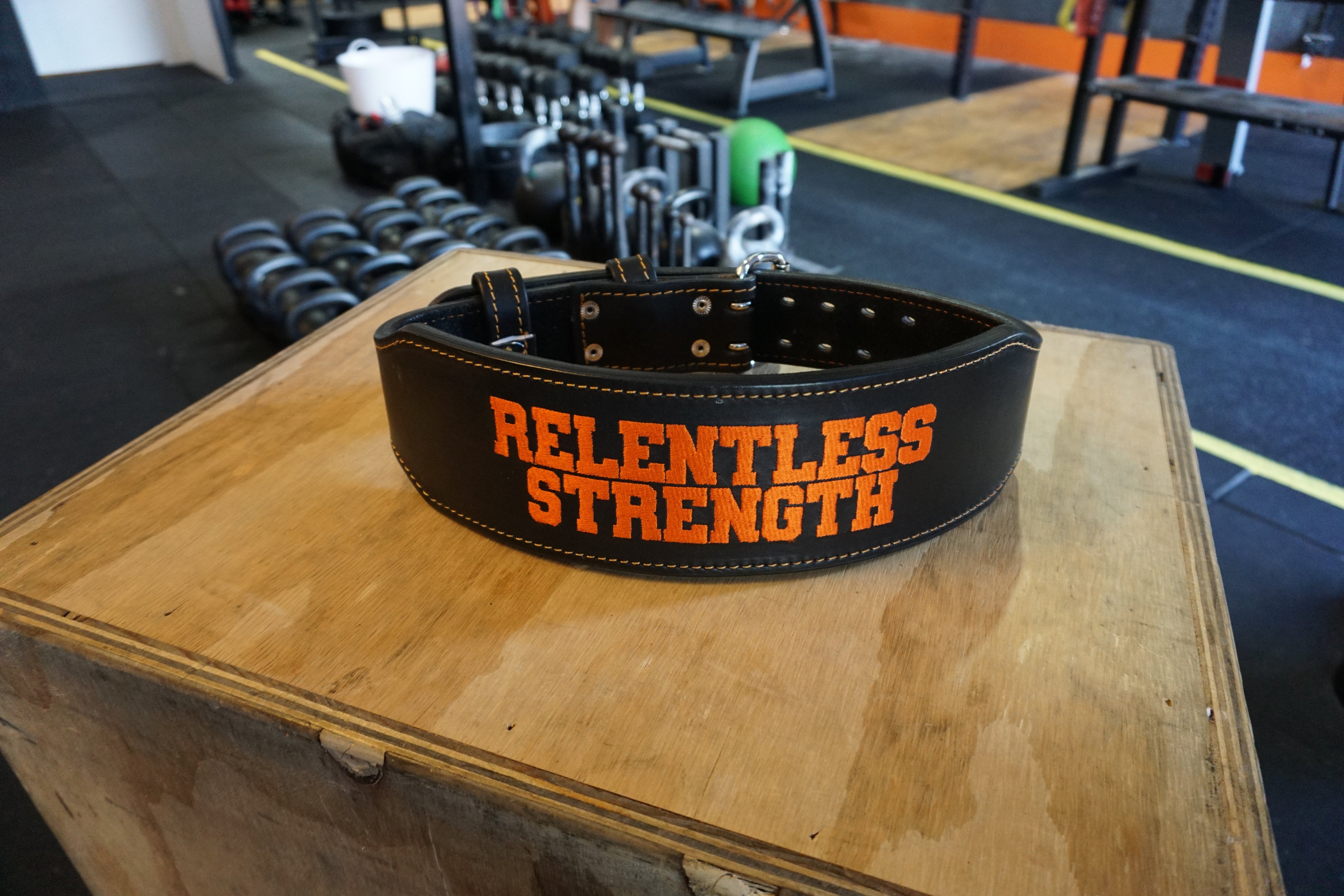
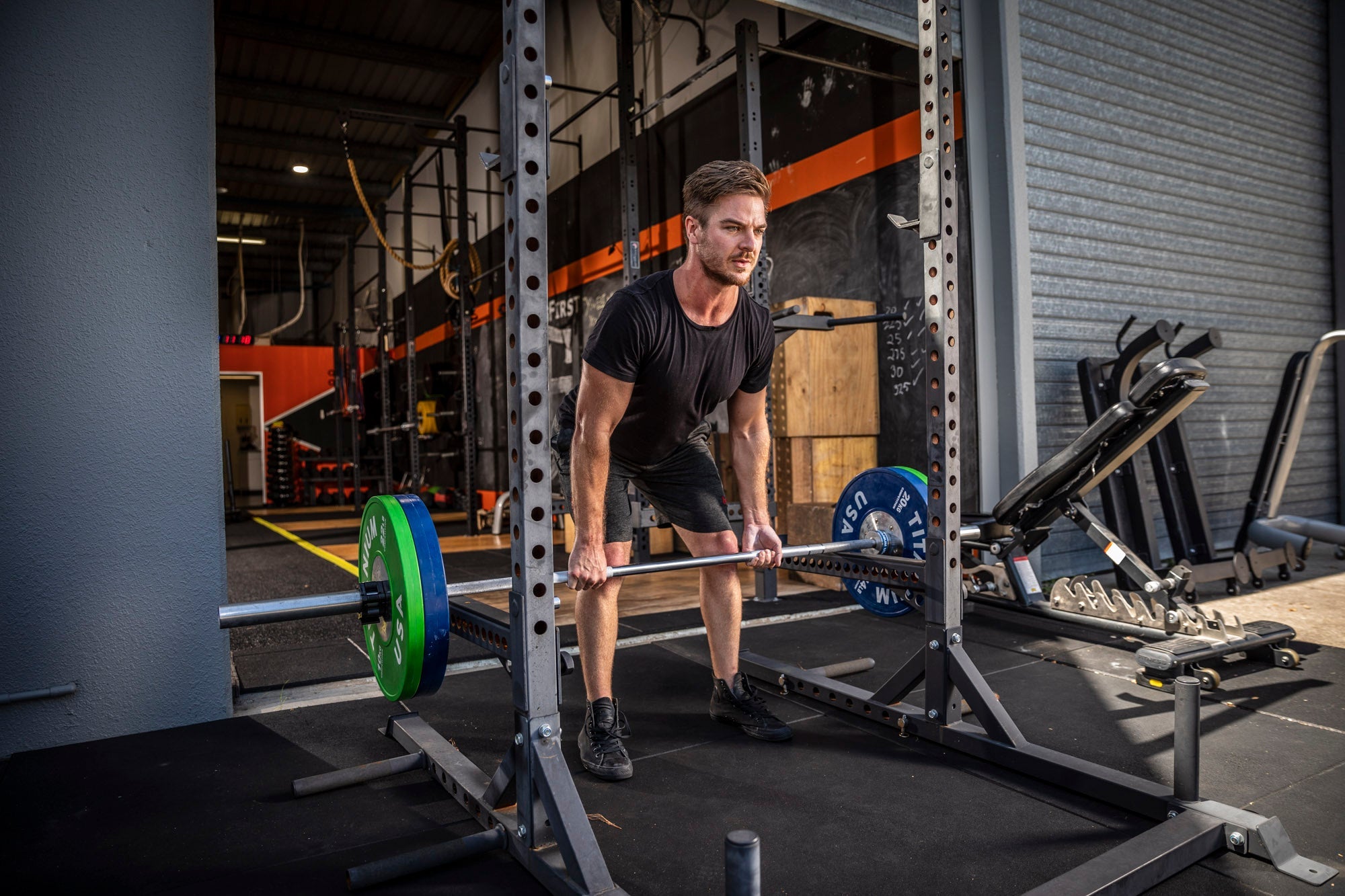
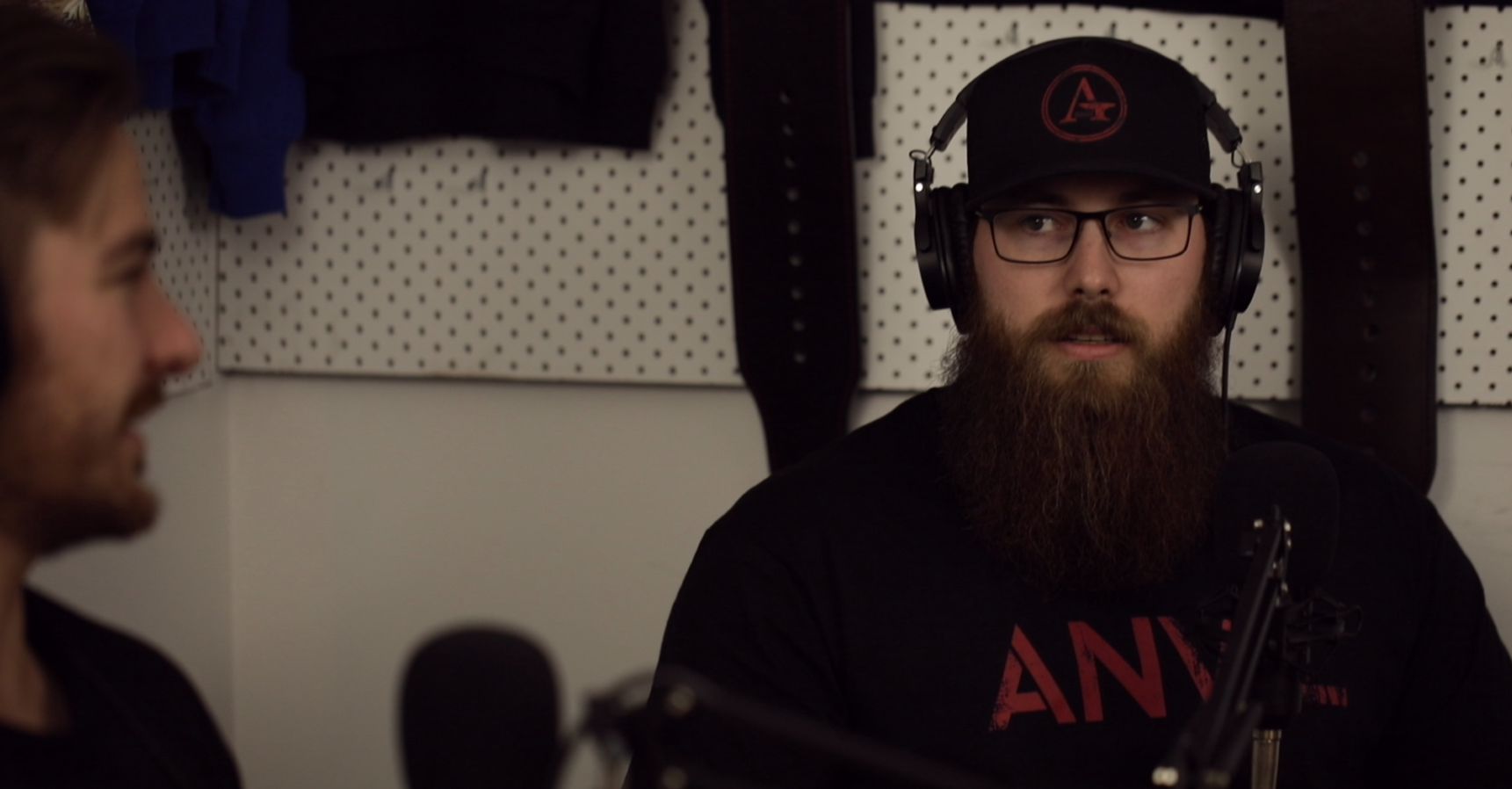
Leave a comment